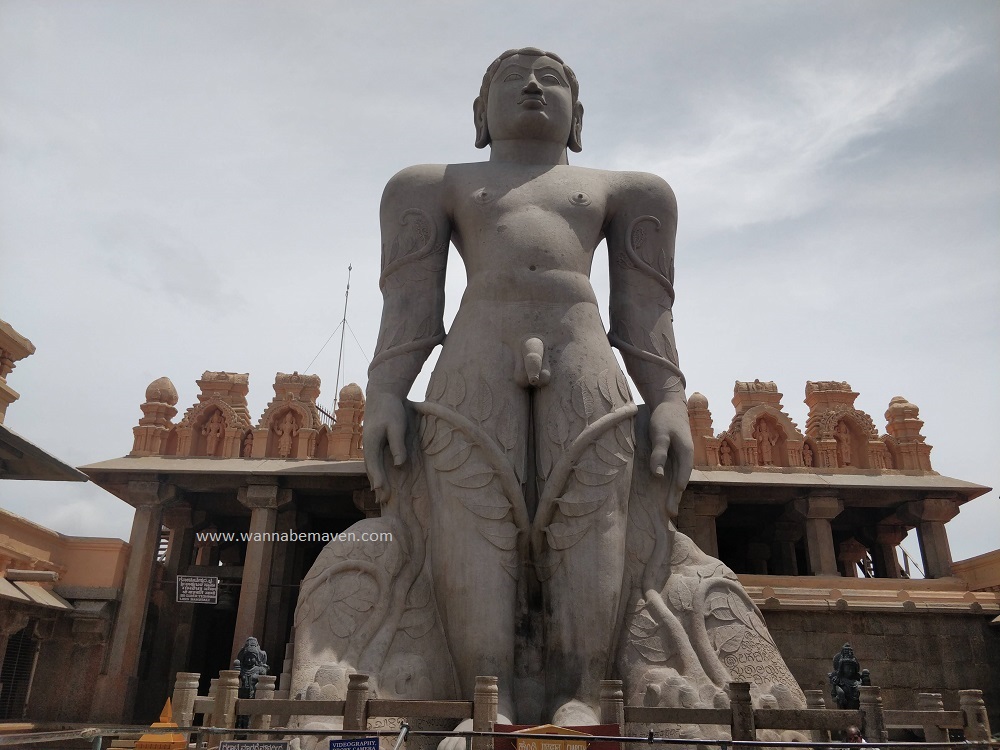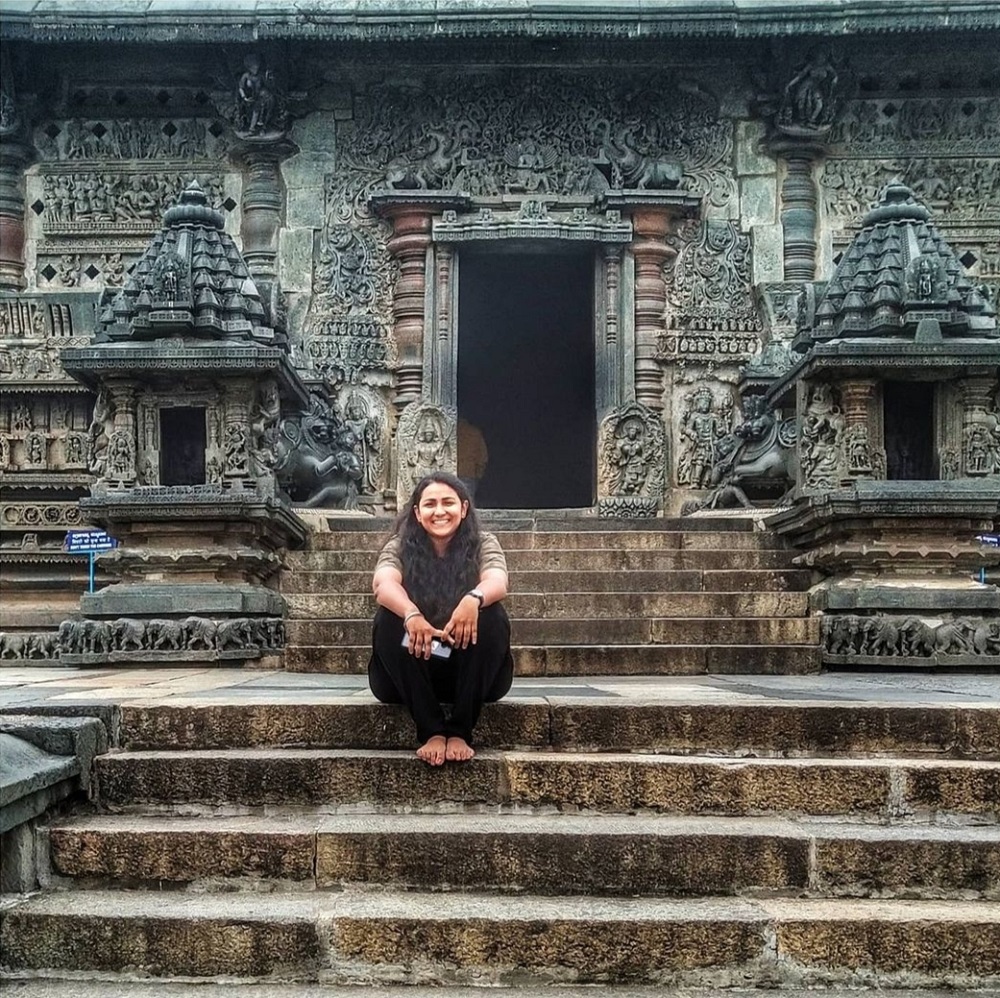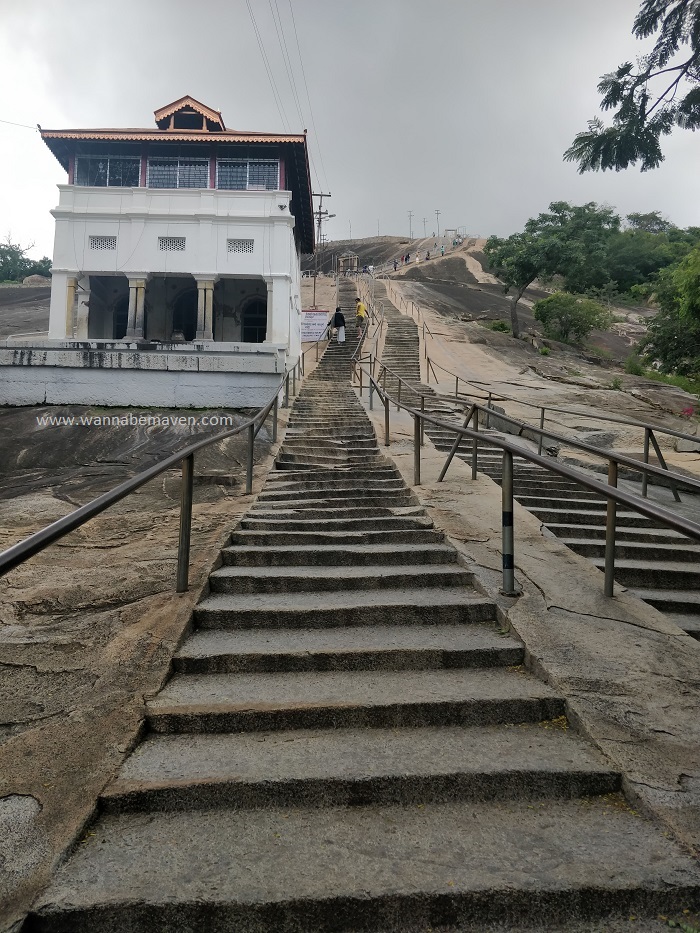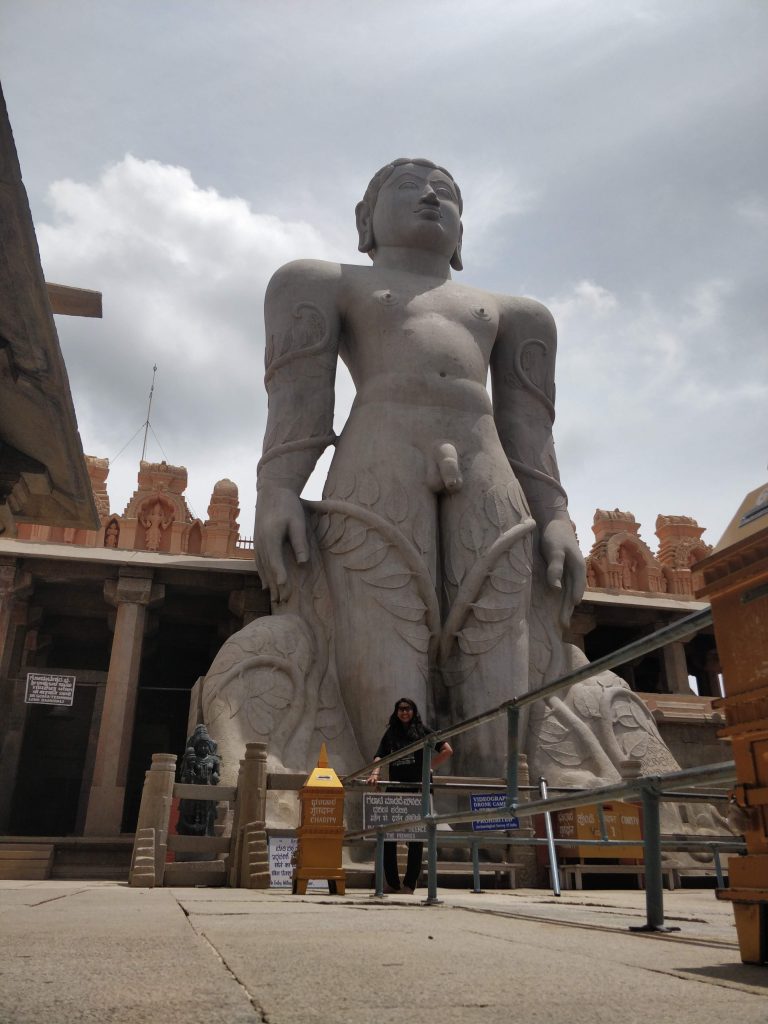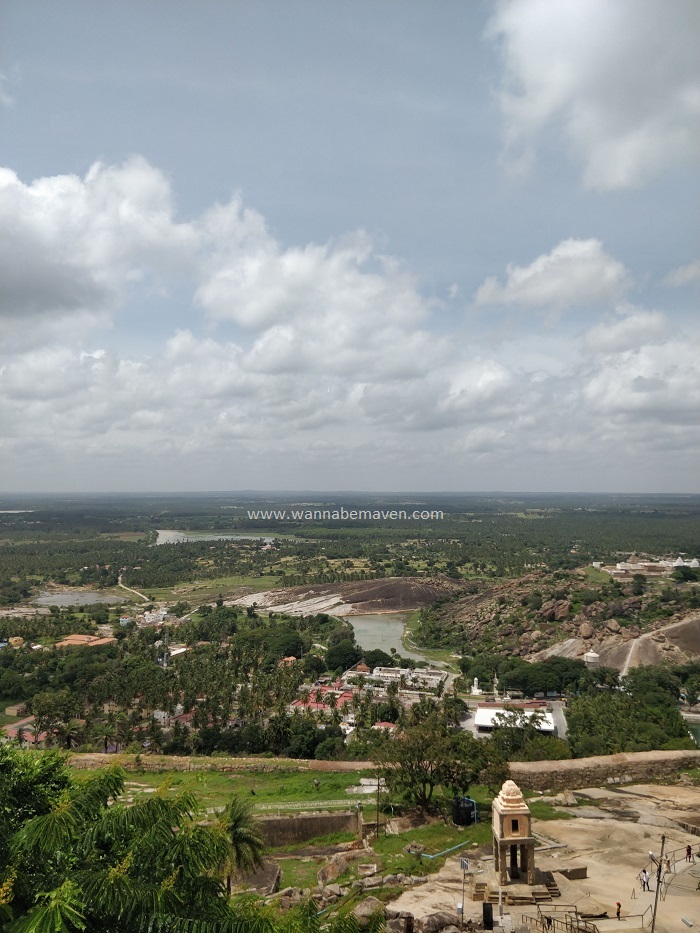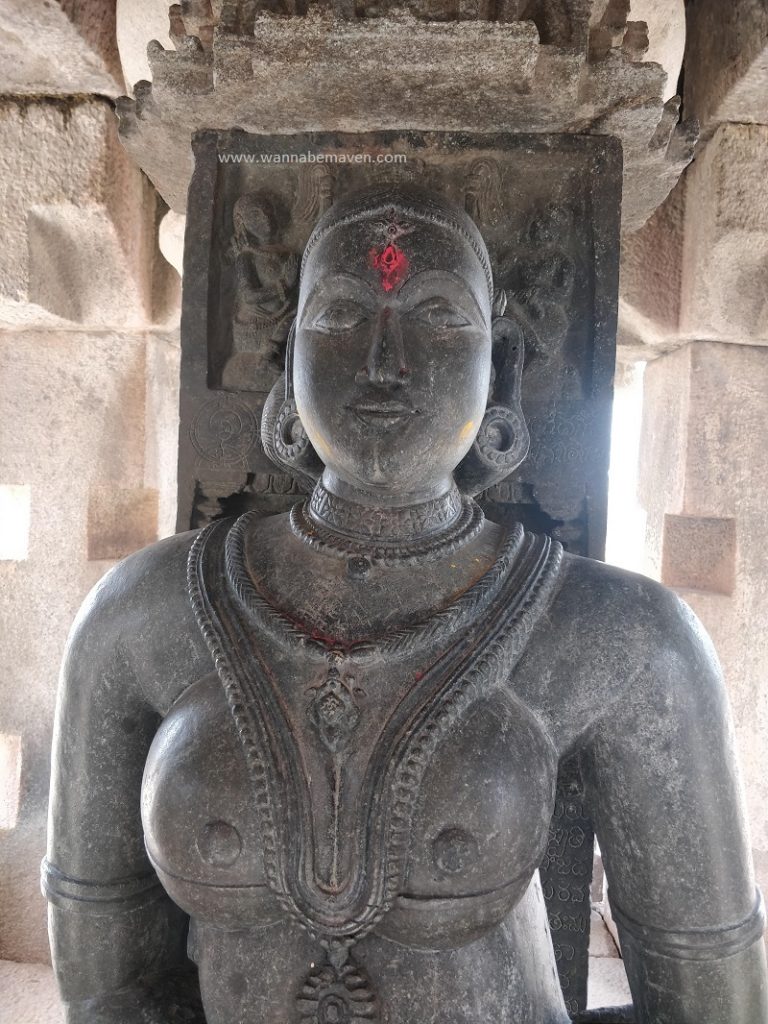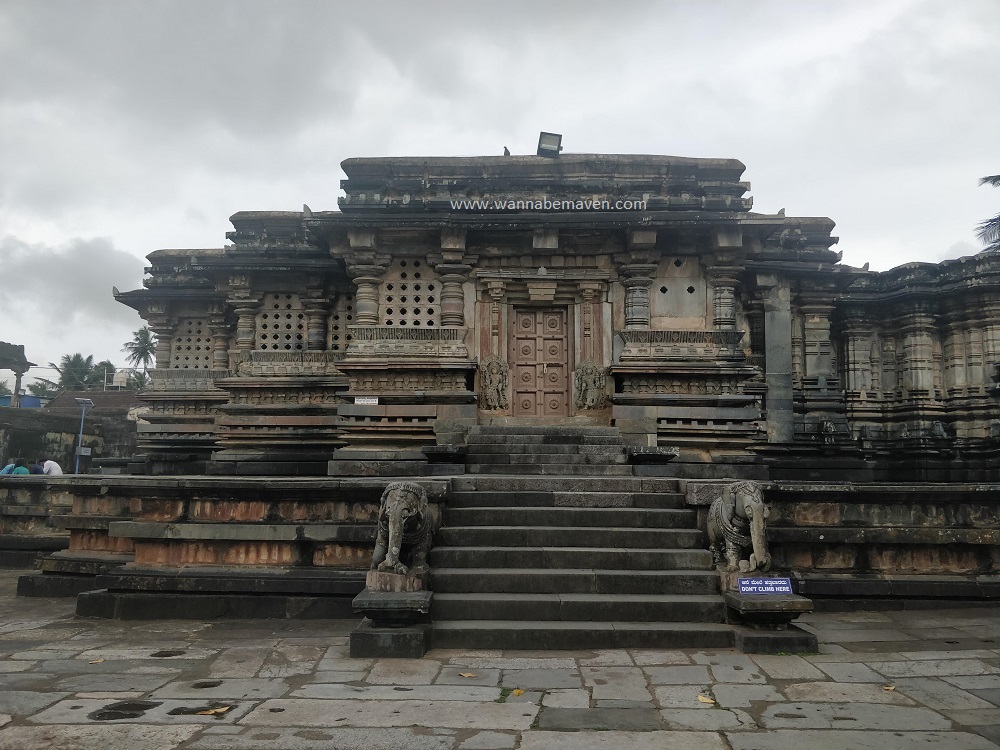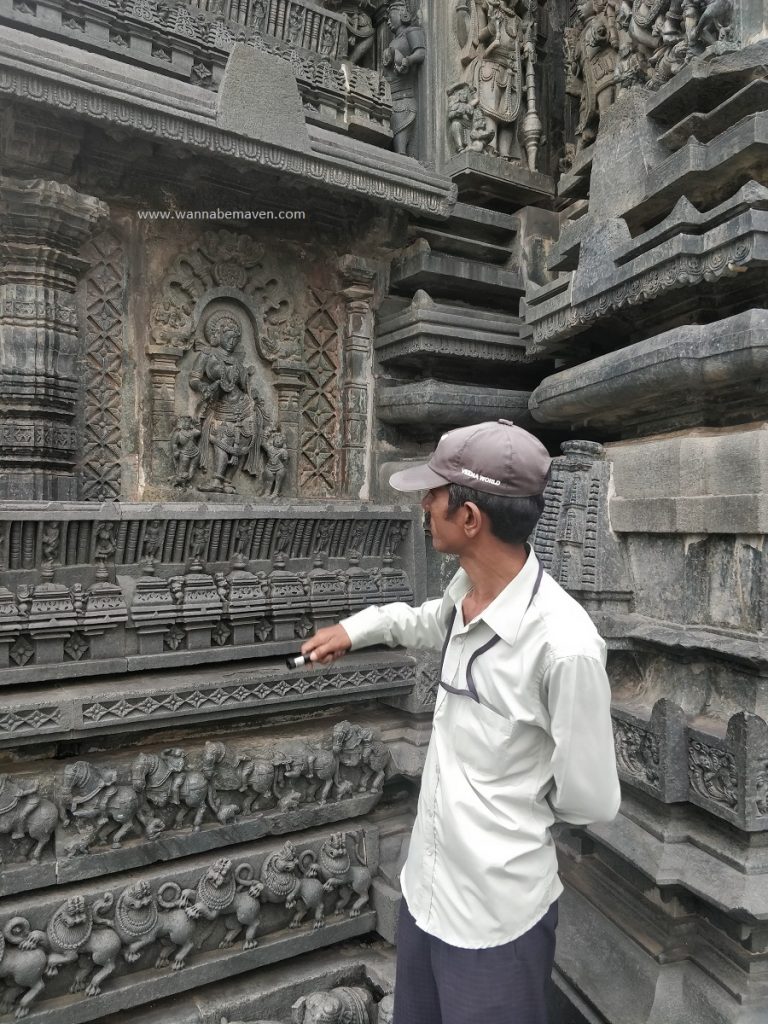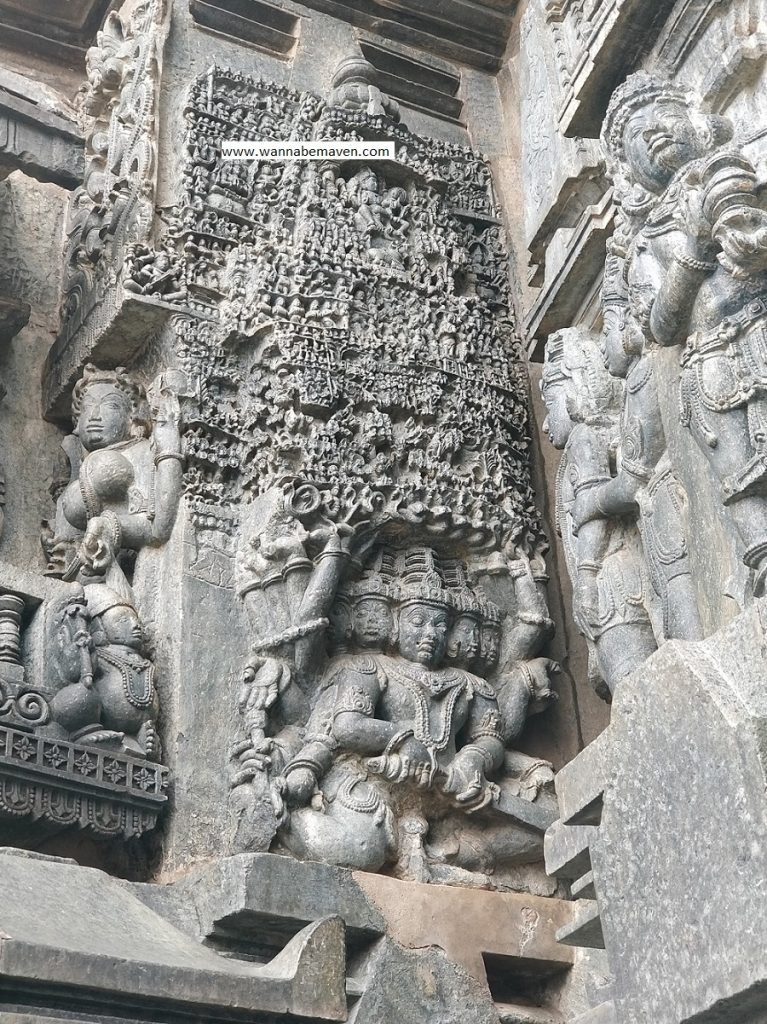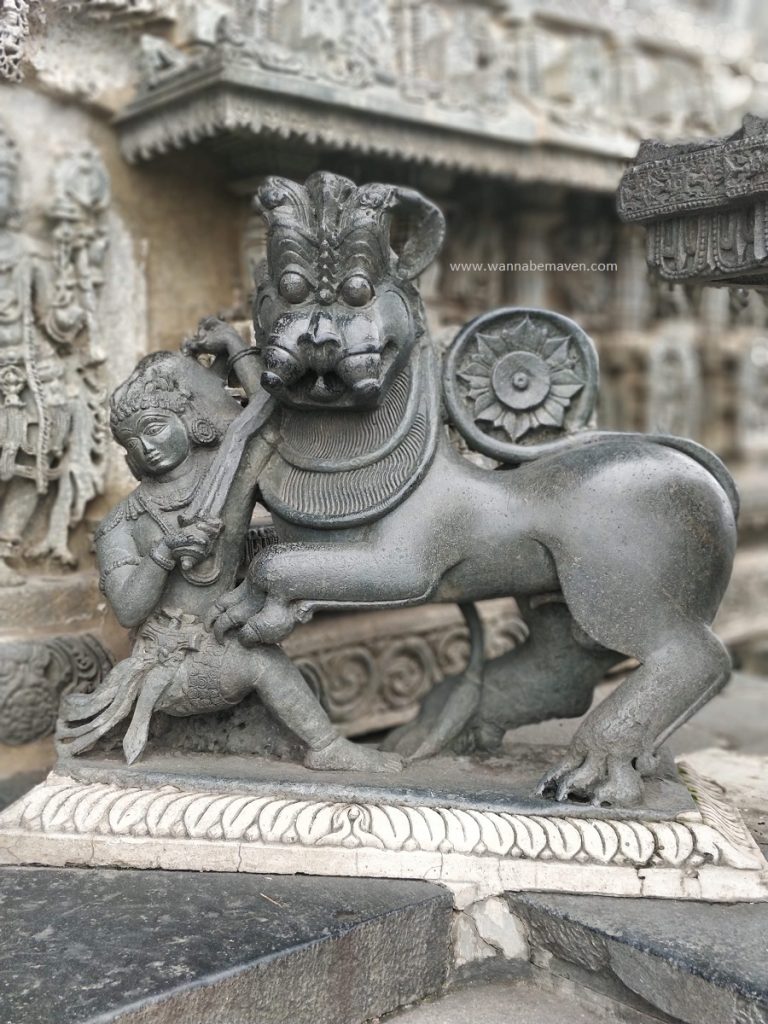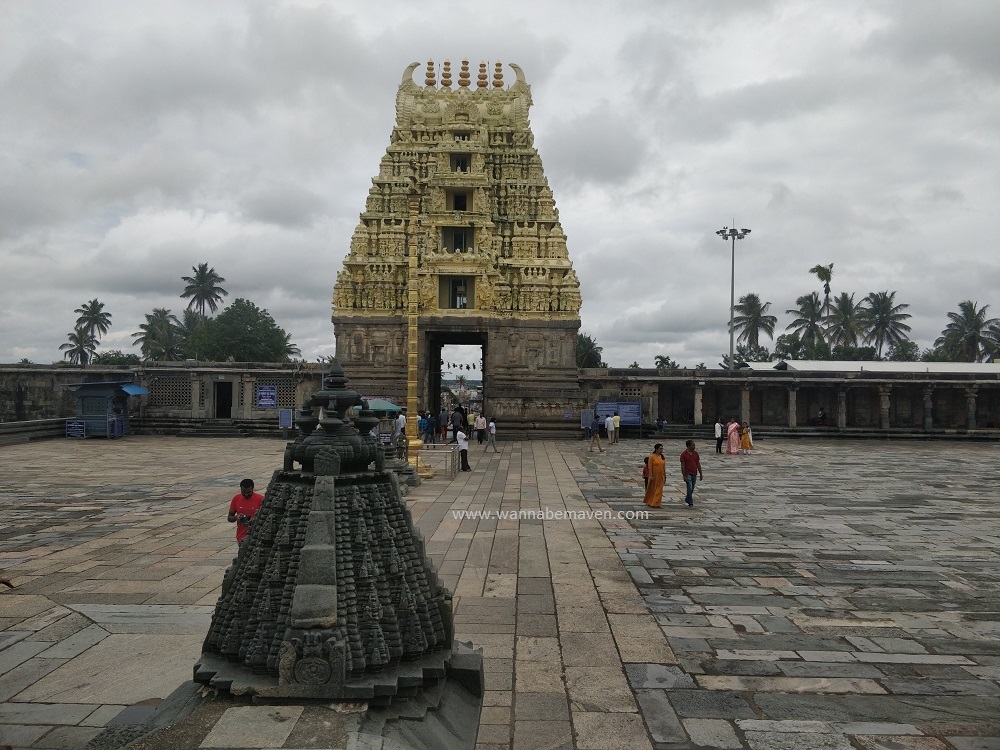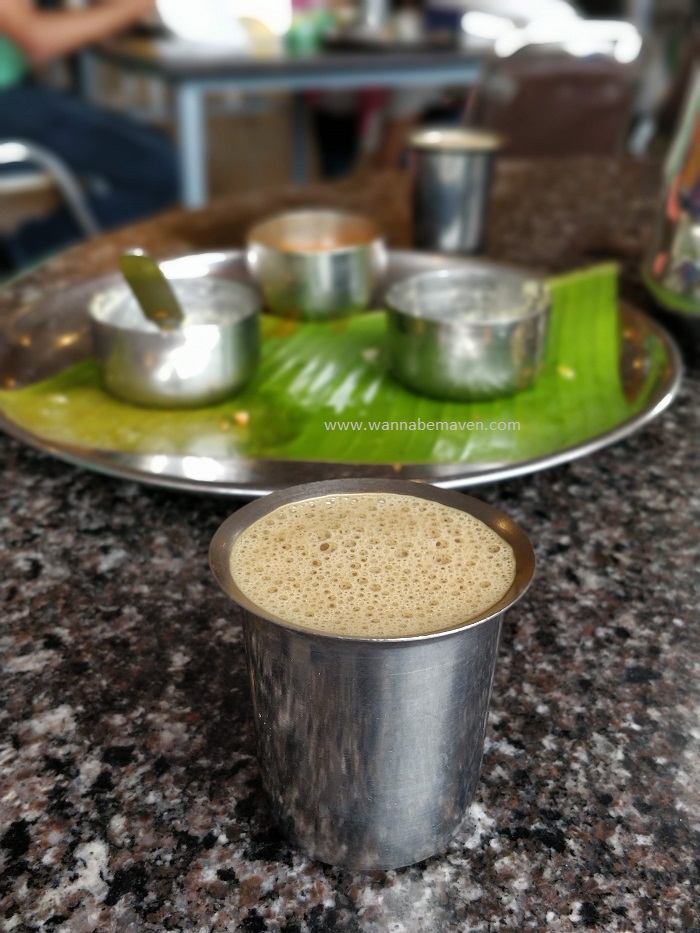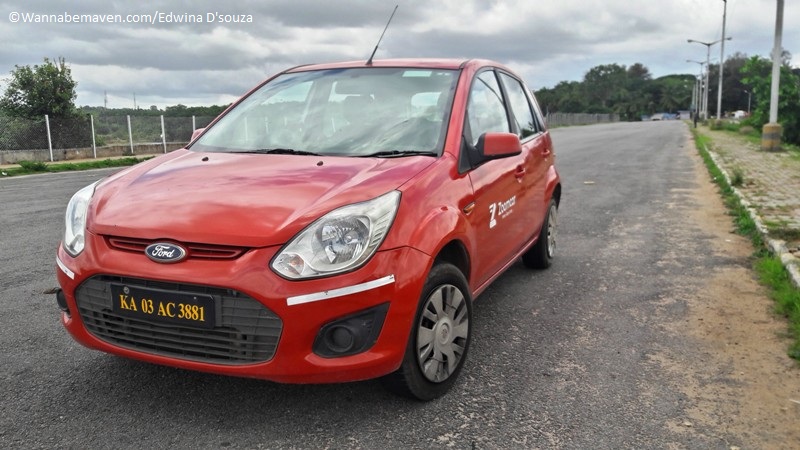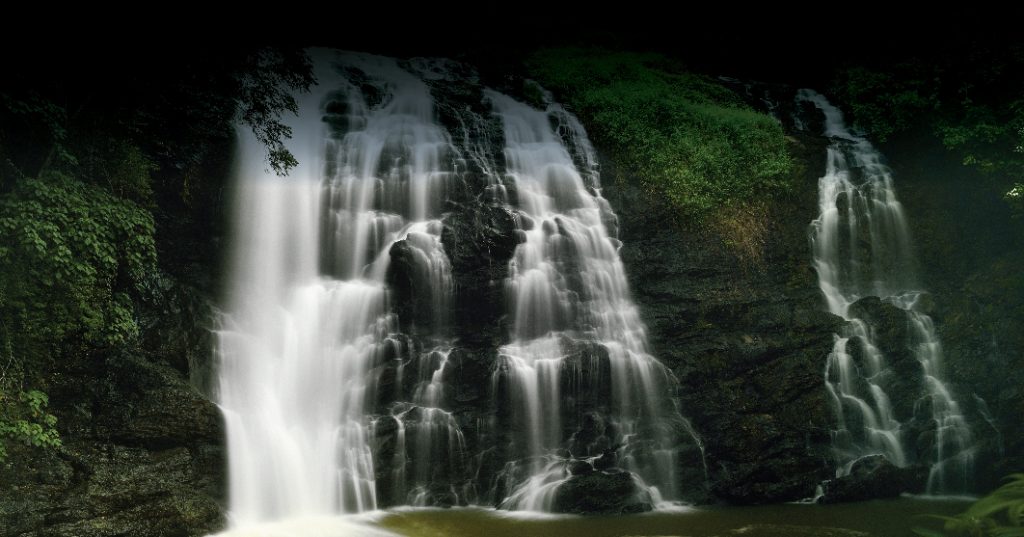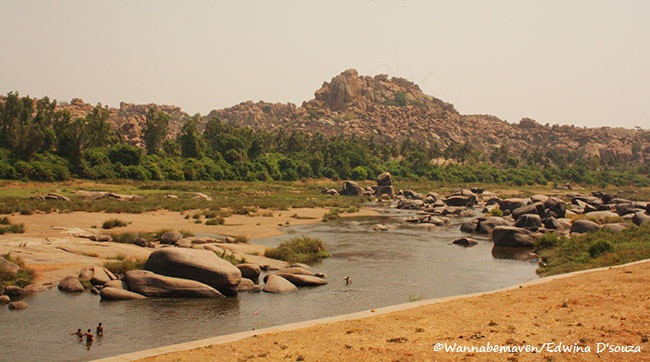Karnataka is a land of rich heritage. Some of the most stunning historical sites – from early Dravidian architecture to colossal Jain monuments – are here. I visited two such places! Bookmark this guide on a Bangalore getaway to Belur-Shravanabelagola.
Shravanabelagola
After a three-hour drive from Bangalore, a huge board reading ‘Welcome to Channarayapatna’ greets you in the Hassan district of Karnataka. This is the gateway to Shravanabelagola, an ancient town and sacred centre for the Jains. Chandragupta Maurya, the founder of the Mauryan dynasty who renounced worldly pleasures to become a Jain monk, is believed to have died here in 298 BCE.
Shravanabelagola is known for a giant monolith of Gomateshwara Bahubali, the son of King Rishabhadeva, the first Tirthankar of the Jains. Once you enter the town, it is fascinating to see everything – from goods to services – named after Bahubali. There is a Bahubali General Store, Bahubali Pharmacy, Bahubali Salon and a Bahubali Engineering College. He is on souvenir stones, fridge magnets and even on clock dials.
Historically, the Bahubali monolith was built by Chavundaraya, a military commander of the Western Ganga Dynasty of Talakkad in the 10th century. It stands on the Vindhyagiri hill at 58 feet, making it the tallest monolith sculpture of Bahubali built out of a single granite rock. Visitors climb 600 steps carved out of the hill to reach the summit for an up-close view of the Jain idol. The grandeur of this giant sculpture is fully understood when tourists stand underneath the monument and look as tiny as the size of Bahubali’s foot.
Several other Basadis (shrines) are scattered around the heritage complex dating 600 to 1830 CE. The most notable is Kshetrapala, a Jain deity believed to be a guardian of the farmland in southern India. A few well-preserved inscriptions on the walls around the complex provide an insight into the life of that era. Time your climb to the summit around the evenings to grab a glorious sunset overlooking the town.
The Mahamastakabhisheka festival is held once every 12 years at Shravanabelagola and attracts thousands of Jain devotees and tourists. During the festival, the statue is bathed with milk, sugarcane juice and a paste of turmeric and sandalwood. The next ceremony will happen in 2030.
Belur
90 kilometres from Shravanabelagola, Belur is an erstwhile capital of the Hoysala dynasty that ruled a large part of present-day Karnataka between the 11th and 14th centuries.
If legends are believed, a young man named Sala saved his teacher from a lion by striking a sword. In ancient Kannada, ‘to strike’ means ‘Hoy’, which lends the kingdom its name. The Hoysalas were renowned for their impeccable warfare techniques and admired as patrons of Kannada art and literature. At the peak of their rule, they built over 1,500 monuments and shrines across Southern India.
The Chennakeshava temple in Belur is an archetype of Hoysala architecture. It was commissioned by King Vishnuvardhana in 1117 CE after a military victory and was dedicated to Lord Chennakeshava, a form of Vishnu. It took 103 years to build this labour of love – completed by his grandson Veera Balladeva.
The Chennakeshava temple is often called the ‘Jewel in stone’ because its architectural style carries many hallmarks of the Hoysalas. It was built using black soapstone, which is easier to carve due to its soft properties, which get hard over time. The temple is shaped like a star – another Hoysala trademark. The Hoysala artisans were also known to sign their works leaving behind a beautiful legacy engraved in stone.
Several smaller shrines dedicated to gods like Narasimha, Rama and Krishna surround the heritage complex. Like most Dravidian temples, a Suvarna Gopura is constructed at the entrance to the compound. The main temple greets visitors with the emblem of the Hoysala Empire – the young Sala slaying a lion. A 50 feet deepasthambham (lamp tower) stands at the northeast, while a granary for storing food is in the northwest corner. The kalyana-mandapa in the southeast conducts local marriage ceremonies. Celebrations peak during the annual Rathotsava for Ugadi (Hindu New Year) when the temple idol is drawn on a wooden chariot around the town, followed by a 10-days jatra (fair).
Travel Guide for Bangalore weekend getaway to Belur – Shravanabelagola
- We started from Mumbai to Bangalore and onwards to Shravanabelagola and Belur. I always compare flights on Skyscanner before booking. Last time we got a sweet deal!
- It would be best and economical to take a car rental for the entire journey if you a group. Alternatively, Uber and Ola outstations are available.
- Dwarasamudra Resort in Belur can be your base to visit both places. We were also visiting Chikmagalur, so our base was Trippr Chikmagalur. I would also highly recommend checking out Balur Estate – a British planter’s bungalow surrounded by coffee plantations serving homecooked malenadu food.
- You can skip Bangalore unless you want to explore the city
- Carry sunscreen, a cap and lots of water for your climb to Shravanabelagola. Avoid climbing in the afternoon as you have to remove your shoes.
- Make time to visit Halebidu, Belur’s twin city. This former capital of the Hoysala Kingdom is a short drive of 17 km away.
- Don’t forget to sip some filter coffee along the highway with akki roti and vada sambar.
https://www.instagram.com/p/CB8A4vhJFF2/?utm_source=ig_web_copy_link&igshid=MzRlODBiNWFlZA==
—
If you liked this guide on Bangalore getaway to Belur & Shravanabelagola, then check out similar stories
- A quick itinerary for Hampi-Hospet
- Bangalore to Belum, Gandikota and Lepakshi
- Photo essay: Champaner-Pavagadh in Gujarat
- 11 takeaways from my first trip to Hyderabad
—
Join me on Instagram and Facebook for more such travel stories and updates. Subscribe to this blog to receive instant notifications of my new posts in your inbox.
